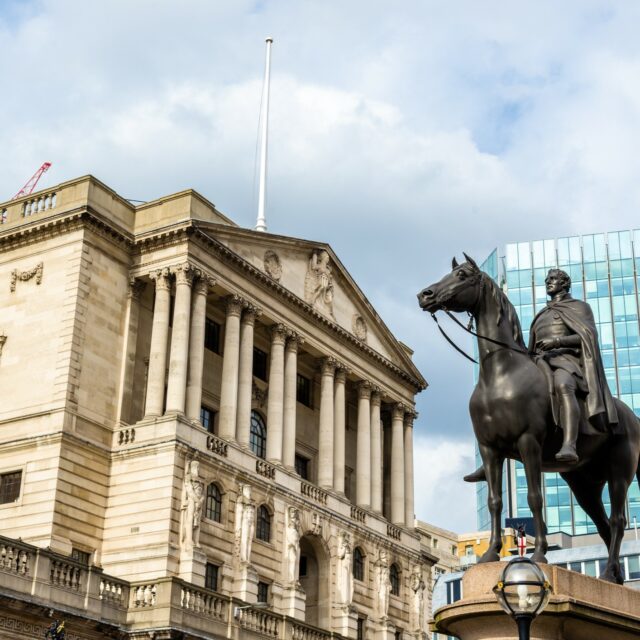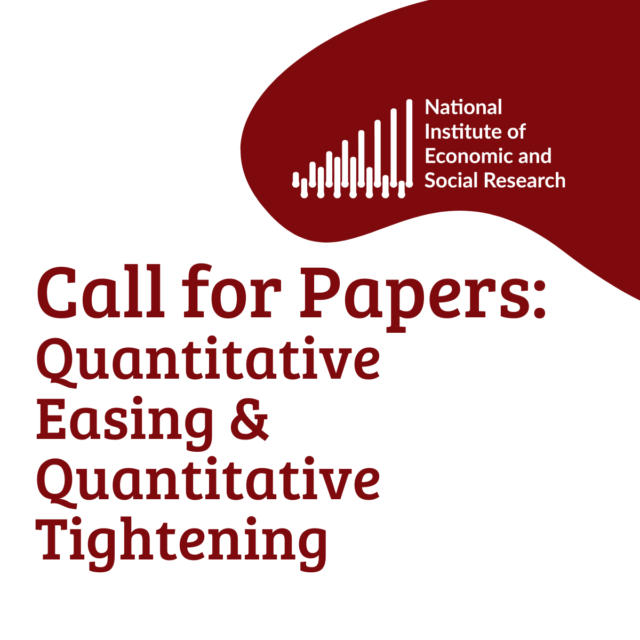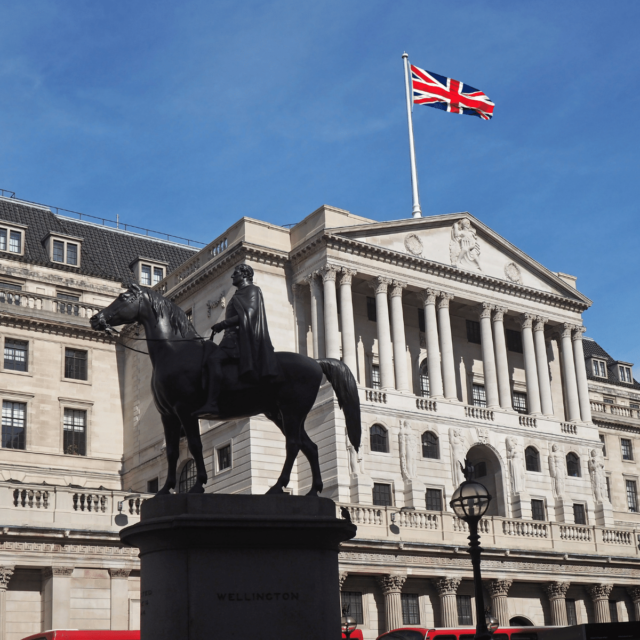- Home
- Publications
- Quantitative Easing, Government Debt Management And Debt Interest
Quantitative Easing, Government Debt Management and Debt Interest
 Pub. Date
Pub. Date
 Pub. Type
Pub. Type

For nine years after the global financial crisis, central government debt interest payments fell steadily relative to GDP, from 2.5 per cent in 2011-12 to 1.1 per cent in 2020-21, despite continuing budget deficits. This was partly the result of low short-term interest rates, and generally falling longer-term rates, but it was also a consequence of quantitative easing (QE). The purpose of this box is to explain the connection between quantitative easing, which is generally regarded as an instrument of monetary policy, and government debt management and interest payments.
Related Blog Posts



Public Debt Sustainability and Fiscal Rules
Stephen Millard
Benjamin Caswell
05 Feb 2024
4 min read

Related Projects
Related News

Call for Papers: Lessons From Quantitative Easing & Quantitative Tightening
09 Feb 2024
1 min read



Related Publications

Job Boom or Job Bust? The Effect of the Pandemic on Actual and Measured Job and Employment Growth
07 Feb 2024
UK Economic Outlook Box Analysis

Implications of the Transition from Defined Benefit to Defined Contribution Pensions in the UK
07 Feb 2024
UK Economic Outlook Box Analysis


Inflation Differentials Among European Monetary Union Countries: An Empirical Evaluation With Structural Breaks
20 Nov 2023
National Institute Economic Review
Related events

Assessing Cycles and Structural Changes in Markets

Business Conditions Forum

2022 Dow Lecture: The Economy and Policy Trade-Off






